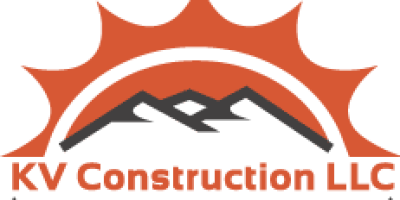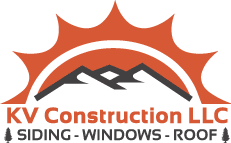Although Edmonds, WA is a beautiful place to live, with many local activities and nice neighborhood. Rains in Edmonds, WA can create serious issues for homeowners without warning. If you respond quickly and use smart methods, you can save time and money by preventing big problems. This article offers simple tips to help you protect your home from water damage.
Water Damage Behind Vinyl Siding
Water damage behind vinyl siding is a common issue for many homeowners. It can stay hidden until it leads to bigger problems. When moisture gets inside, it can cause issues like stains, discoloration, mold growth, fungus, wood rot, dry rot, and even structural damage to your home’s exterior, including issues with your sheathing and interior walls. Even though the siding may look fine from the outside, the problems behind it can be very serious.
How To Repair Water Damage Siding
Water damage can lead to bigger issues if you do not fix it right away, ultimately affecting your home’s curb appeal. It does not matter if your siding is vinyl, wood, or another type. Acting quickly is crucial to prevent moisture damage from getting worse, especially from rain and snowstorms. Ensuring your gutters and downspouts are free of clogs can help protect your home exterior. Here is a simple guide on how to repair water-damaged siding.
- Check the Damage: First, look at the area that got damaged. Look for signs like warping, color changes, mold, or mildew. You need to know if the damage is just on the surface or if it goes deeper, affecting the structures behind it.
- Take Off the Damaged Cladding: Carefully remove the damaged pieces. Use the pry bar to lift them gently. If you have vinyl siding, unlock it from the piece above. For wood siding, cut around the damaged area with a utility knife, then use a hammer to get rid of any nails.
- Install New Siding: If you need to replace any panels, cut new ones to size. Match the style and color of your existing cladding. Install the new panels using the same methods, securing them with nails or other fasteners.
- Get a Professional’s Help: If there’s major damage or if you’re unsure about the repairs, contact a professional contractor. They know how to help you restore your exterior planks quickly and correctly.
Inspect and Repair Your Roof Promptly
A good roof keeps your home safe from water damage. Check your roof regularly for missing, broken, or old shingles. If you see any, replace them quickly. Also, check for leaks or water damage in the attic. These signs might mean your roof has problems. Regular checks help you notice small issues before they become big and costly to fix.
Optimize Your Landscaping for Water Diversion
Strategic landscaping can stop water damage. You should slope your yard away from your home. This will help water flow away from your foundation. It is a smart move to add drainage solutions like French drains. These will manage extra water. Also, choose plants and trees that absorb a lot of moisture. Avoid planting them near the foundation to prevent damage.
Upgrade to Water-Smart Appliances and Fixtures
Invest in smart appliances and fixtures to reduce the risk of issues in your home. Items like sensor alarms, automatic shut-off valves, and water-saving appliances can be very helpful. These devices can detect leaks early or shut off the water on their own if there is a problem, ensuring a smoother repair process. This will help prevent significant water damage.
Monitor Indoor Humidity
Keeping indoor humidity between 30% and 50% helps prevent condensation. This is important because condensation can lead to mold and mildew growth. If needed, you can use dehumidifiers. Ensure good air flow in damp areas, like bathrooms, kitchens, and laundry rooms. Using exhaust fans regularly can help control moisture effectively.
Check and Replace Old Plumbing
- Check your plumbing system regularly, mainly if your home is old.
- Look for signs of rust in the pipes.
- Replace old or weak pipes to stop sudden breaks.
- It is also wise to know where your main shut-off valve is. This lets you stop the water quickly during emergencies.
Protect Your Foundation
Close all entries around your home to stop water from coming in. Check for gaps around windows and doors. Use weather stripping and caulk to seal those gaps properly. Also, consider waterproofing your basement to keep out groundwater. It’s important to do this because groundwater can seep in and lead to damage over time.
Siding Contractor Edmonds WA KV construction Conclusion
To prevent water issues in greater Seattle area, you need to pay close attention and keep up with regular maintenance. Following these tips can really help reduce the risk of damage for homeowners. If you need assistance with your existing home’s siding replacement or a new construction project, consider KV Construction LLC in Edmonds, WA, who use quality materials, like James Hardie siding, and focus on durable solutions to guide you throughout the entire process of protecting your home from the weather.
How Do You Fix Rotted Wood Under Siding?
To fix rotting wood under the siding, first, remove the damaged siding and trim. Then, cut out the rotted wood and replace it with new, treated wood. Be sure to seal and flash it properly to prevent water intrusion in the future. Lastly, carefully reinstall the siding to make it look nice and smooth.


